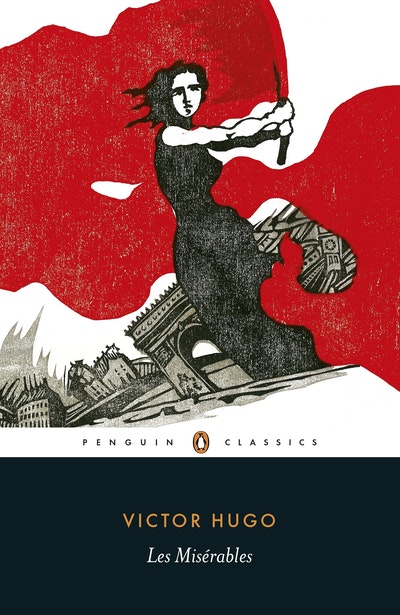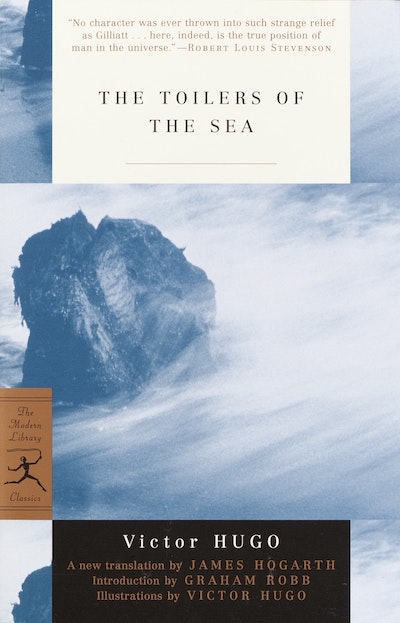Victor Hugo (1802-85), novelist, poet, playwright, and French national icon, is best known for two of today’s most popular world classics: Les Misérables and The Hunchback of Notre-Dame, as well as other works, including The Toilers of the Sea and The Man Who Laughs. Hugo was elected to the Académie Française in 1841. As a statesman, he was named a Peer of France in 1845. He served in France’s National Assemblies in the Second Republic formed after the 1848 revolution, and in 1851 went into self-imposed exile upon the ascendance of Napoleon III, who restored France’s government to authoritarian rule. Hugo returned to France in 1870 after the proclamation of the Third Republic.
Date: 2013-08-06
Victor Hugo (1802-1885), novelist, poet, and dramatist, is one of the most important of French Romantic writers. Among his best-known works are The Hunchback of Notre Dame(1831) and Les Misérables(1862).
INTRODUCER BIOGRAPHY:
Jean-Marc Hovasse is Director of Research at the CNRS (Centre National de la Recherche Scientifique) in Paris. One of France's leading specialists in 19th-century French literature, he is writing a monumental biography of Victor Hugo of which the first two volumes were published in 2001 and 2008.
Victor Hugo (1802–85) was the most forceful, prolific and versatile of French nineteenth-century writers. He wrote Romantic costume dramas, many volumes of lyrical and satirical verse, political and other journalism, criticism and several novels, the best known of which are Les misérables (1862) and the youthful Notre-Dame de Paris (1831).
A royalist and conservative as a young man, Hugo later became a committed social democrat and during the Second Empire of Napoleon III was exiled from France, living in the Channel Islands. He returned to Paris in 1870 and remained a great public figure until his death: his body lay in state under the Arc de Triomphe before being buried in the Panthéon.











